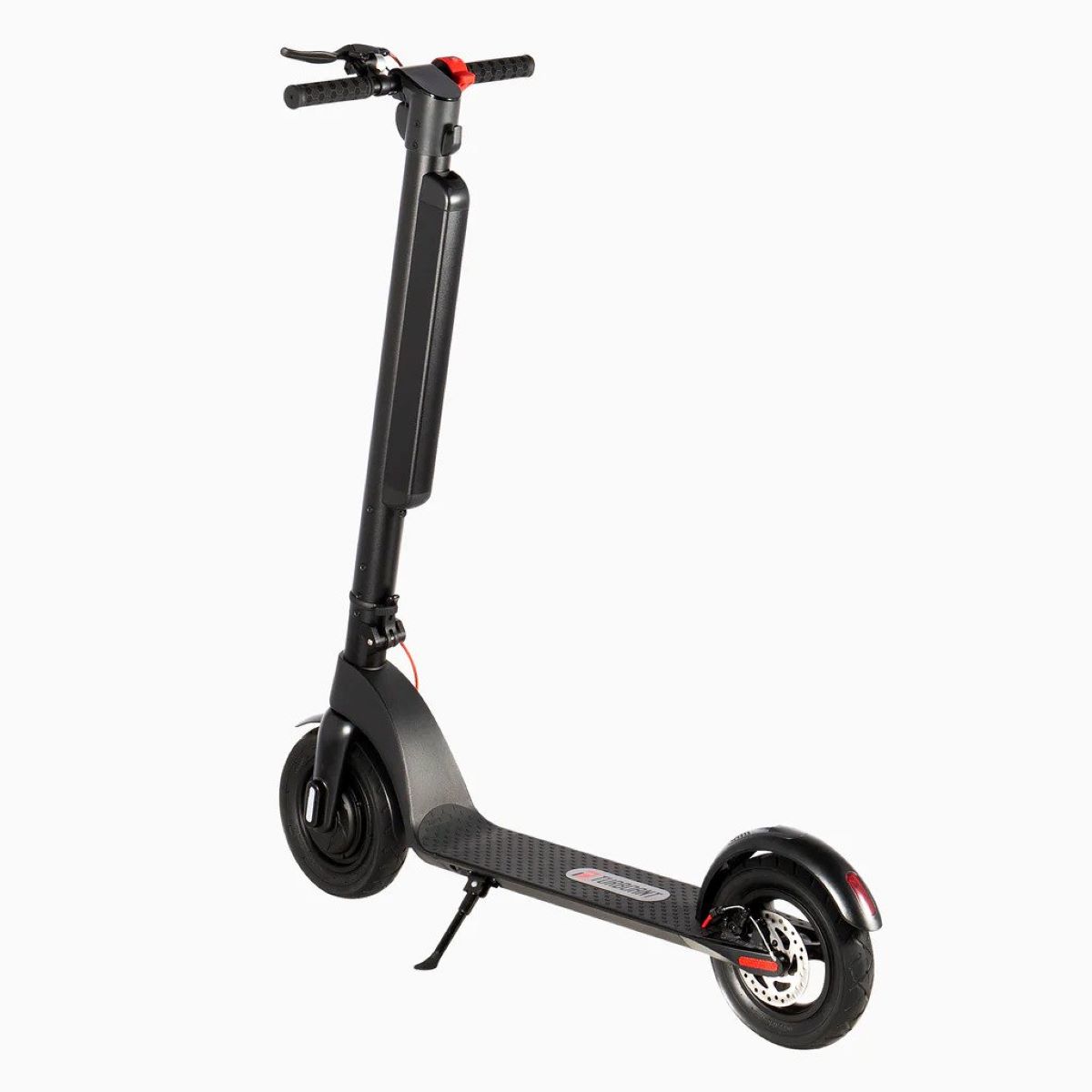

Articles
How To Store Scooters
Modified: January 6, 2024
Learn the best practices for storing scooters in this informative articles. Keep your scooters safe and protected with these helpful tips.
(Many of the links in this article redirect to a specific reviewed product. Your purchase of these products through affiliate links helps to generate commission for Storables.com, at no extra cost. Learn more)
Introduction
Scooters have become increasingly popular as a convenient and eco-friendly mode of transportation. Whether you own an electric scooter or a gas-powered one, it’s important to know how to properly store it when it’s not in use. Proper scooter storage not only extends the lifespan of your vehicle but also ensures that it’s ready to ride when you need it.
In this article, we will discuss the importance of proper scooter storage and provide you with a comprehensive guide on how to store your scooter effectively. From choosing the right storage space to preparing your scooter for storage, we will cover all the essential steps to keep your scooter in top condition.
So let’s dive in and discover the key factors to consider when storing your scooter.
Key Takeaways:
- Proper scooter storage is crucial for preserving its condition, preventing theft, and extending its lifespan. Following the right storage practices ensures your scooter remains in top shape and ready for a smooth ride whenever you need it.
- Whether electric or gas-powered, storing your scooter correctly demonstrates your commitment to its care and ensures it remains reliable for years to come. By following the comprehensive guide, you can confidently store your scooter with peace of mind.
Read more: How To Store A Scooter
Importance of Proper Scooter Storage
Proper scooter storage is crucial for maintaining the performance and longevity of your scooter. Here are a few key reasons why it’s important to store your scooter correctly:
- Preserves the condition: Storing your scooter properly helps protect it from external elements, such as rain, snow, and sun, which can cause damage to the paint, body, and electrical components over time. By keeping your scooter in a designated storage space, you can prevent rust, corrosion, and fading.
- Prevents theft and vandalism: Storing your scooter in a safe and secure location reduces the risk of theft and vandalism. Locking up your scooter or storing it in a locked garage or shed can deter potential thieves and keep your scooter protected.
- Maintains battery life: For electric scooters, proper storage helps maintain the battery’s performance and lifespan. Storing your electric scooter in a cool and dry place, away from extreme temperatures, can prevent battery drain and potential damage.
- Reduces maintenance needs: When you store your scooter correctly, you minimize the need for frequent maintenance and repairs. Storing your scooter in a clean and dry space helps prevent dust, debris, and moisture buildup, which can lead to mechanical issues and expensive repairs.
- Extends the lifespan: By following proper storage practices, you can significantly extend the lifespan of your scooter. Storing your scooter in a controlled environment and regularly maintaining it ensures that all components stay in optimal working condition, allowing you to enjoy your scooter for many years to come.
It’s important to recognize that scooters, like any vehicle, require proper care and maintenance, even when they’re not in use. Taking the time to store your scooter correctly can save you time, money, and frustration in the long run.
Now that we understand the importance of proper scooter storage, let’s move on to the next section, where we discuss choosing the right storage space for your scooter.
Choosing the Right Storage Space
When it comes to storing your scooter, choosing the right storage space is essential. Here are some factors to consider when selecting the ideal location:
- Indoor vs. outdoor: Whenever possible, it’s best to store your scooter indoors to protect it from the elements. If you have access to a garage, shed, or storage unit, these are ideal options. However, if indoor storage isn’t available, you can consider using a sturdy scooter cover and find a spot in your yard that provides some protection from the elements.
- Dry and ventilated: Ensure that your storage space is dry and well-ventilated. Moisture can lead to rust and damage to electrical components. If you’re storing your scooter indoors, make sure there’s no water leakage or excessive humidity. If the storage space is outdoors, choose an area with proper drainage to avoid water pooling.
- Secure and locked: If you’re storing your scooter outdoors, make sure the storage space is secure and locked. Consider using a sturdy chain and lock to secure your scooter to a fixed object, like a bike rack or pole, to deter theft. For indoor storage, ensure that the location is secure and locked to prevent unauthorized access.
- Temperature control: Extreme temperatures can negatively impact your scooter’s battery life and overall performance. If possible, choose a storage space that maintains a moderate temperature. Avoid storing your scooter in areas prone to extreme heat or cold, such as a garage without proper insulation.
- Accessibility: Consider the accessibility of the storage space. You’ll want a location where you can easily access your scooter when needed. If your storage space is far from your residence, make sure you have a convenient way to transport your scooter to and from the storage area.
By considering these factors, you can choose the appropriate storage space that will ensure the safety and longevity of your scooter.
In the next section, we will discuss how to prepare your scooter for storage to prevent any potential issues during the period of inactivity.
Preparing Your Scooter for Storage
Before storing your scooter, it’s important to properly prepare it to minimize any potential issues that may arise during the period of inactivity. Here are the steps to follow:
- Clean your scooter: Thoroughly clean your scooter, including the body, tires, and any other accessible parts. Remove any dirt, dust, or debris that may have accumulated during regular use. Cleaning your scooter helps prevent corrosion and keeps it in pristine condition.
- Check for any damage: Inspect your scooter for any visible damage or wear. Look for loose screws, cracked parts, or any other signs of damage that may need to be addressed before storing your scooter.
- Top up fluids: For gas-powered scooters, make sure to check the fuel level and add a fuel stabilizer if you plan on storing your scooter for a prolonged period. Additionally, check the oil and other fluids and top them up if necessary.
- Remove the battery: If you own an electric scooter, consider removing the battery before storing it. This helps prevent unnecessary battery drain and potential damage. Refer to your scooter’s user manual for specific instructions on removing the battery safely.
- Secure loose parts: Make sure any loose or detachable parts, such as mirrors or storage compartments, are secured or removed. This prevents them from getting damaged or lost during storage.
- Apply lubrication: Lubricate all moving parts, such as the throttle, brake levers, and bearings, to prevent them from seizing up during storage. Use an appropriate lubricant as recommended by the scooter manufacturer.
- Protect sensitive parts: Consider using a corrosion inhibitor on metal parts, especially if you’re storing your scooter in a humid environment. This helps prevent rust and corrosion.
- Keep tires properly inflated: Check the tire pressure and ensure they are properly inflated. Over time, tires lose air pressure, so maintaining the correct tire pressure helps prevent flat spots from forming.
By following these preparation steps, you can ensure that your scooter is ready for storage and minimize the likelihood of any issues when it’s time to ride again.
In the next section, we will discuss the importance of cleaning and maintenance during scooter storage.
Cleaning and Maintenance
During scooter storage, it’s important to continue performing regular cleaning and maintenance to keep your scooter in top condition. Here are some cleaning and maintenance tasks to consider:
- Regular cleaning: Even when your scooter is in storage, it can still accumulate dust and dirt. Regularly clean your scooter by wiping it down with a soft cloth or sponge to remove any debris.
- Check for critters: Inspect your scooter for signs of any pests or critters that may have made a home in or around it. Remove any nests, webs, or other debris left behind by insects or small creatures.
- Inspect electrical components: If you own an electric scooter, regularly inspect the electrical components, such as the wiring and connectors, for any signs of damage or corrosion. Ensure that all connections are secure to maintain proper functionality.
- Monitor tire pressure: Check the tire pressure periodically and inflate them to the recommended levels if needed. Maintaining proper tire pressure helps prevent flat spots and ensures a smoother ride when you start using your scooter again.
- Rotate the tires: If your scooter is stored for an extended period, consider rotating the tires periodically. This helps prevent uneven wear and flat spots. Consult your scooters manual for guidance on how often to rotate the tires.
- Inspect and lubricate moving parts: Regularly inspect the throttle, brake levers, and any other moving parts for signs of wear or damage. Apply lubricant as needed to keep them functioning smoothly.
- Check for leaks: Inspect your scooter for any fluid leaks, such as oil or coolant. If you notice any leaks, have them addressed as soon as possible to avoid potential damage to your scooter’s engine or other components.
- Keep the storage area clean: Ensure that the storage area remains clean and free from moisture. Regularly sweep or vacuum the area and address any water leakage or excessive humidity that may lead to mold or mildew growth.
By incorporating these cleaning and maintenance tasks into your scooter storage routine, you can keep your scooter in optimal condition and minimize any potential issues when it’s time to ride again.
Next, we will discuss the importance of covering your scooter during storage to provide an extra layer of protection.
Read more: How To Store Scooters In Garage
Covering Your Scooter
One of the essential steps in properly storing your scooter is covering it. A scooter cover provides an extra layer of protection against dust, UV rays, and other environmental elements. Here’s why covering your scooter is important and how to do it effectively:
Protection against the elements: A scooter cover shields your scooter from the damaging effects of the sun, rain, snow, and other weather conditions. It helps prevent rust, fading, and corrosion, keeping your scooter looking good as new.
Dust and debris prevention: When your scooter is stored, it’s susceptible to accumulating dust, dirt, and other debris. A cover prevents these particles from settling on your scooter’s surfaces, reducing the need for frequent cleaning and minimizing the risk of scratches or damage.
Security and deterrence: A cover can act as a deterrent against potential thieves and vandals. It makes it less enticing for them to target your scooter since it’s not easily visible or accessible.
When choosing a cover for your scooter, consider the following tips:
- Size and fit: Ensure that the cover is specifically designed for your scooter’s make and model. A well-fitted cover will provide optimum protection and coverage.
- Material: Opt for a cover made from a durable and waterproof material, such as polyester or nylon. This will ensure that your scooter remains protected from rain, snow, and other moisture.
- Secure fastening: Look for a cover that has fastening mechanisms, such as straps or elastic hems, to secure it tightly around your scooter. This will prevent the cover from being blown away by wind or slipping off.
- Ventilation: Choose a cover that has ventilation panels or vents to allow for airflow. This helps prevent moisture buildup and condensation, which can potentially damage your scooter.
- Lockable feature: If security is a concern, consider a cover with a lockable feature. This adds an extra layer of protection by securing the cover onto your scooter and preventing unauthorized removal.
When covering your scooter, ensure that it’s clean and dry. Carefully drape the cover over your scooter, making sure it fully covers all parts, including the handlebars, seat, and wheels. Fasten the cover securely to prevent it from being blown away by wind.
By covering your scooter during storage, you provide an additional layer of protection that helps preserve its condition and prolong its lifespan.
Next, we will discuss how to properly secure your scooter to prevent theft or unauthorized use.
When storing scooters, it’s important to keep them in a dry and secure location to prevent rust and theft. Consider using a bike rack or wall mount to save space and keep them organized.
Securing Your Scooter
Securing your scooter during storage is crucial to prevent theft and unauthorized use. Taking the necessary precautions will give you peace of mind knowing that your scooter is safe and protected. Here are some tips to help you secure your scooter:
- Locking mechanisms: Invest in a high-quality lock or chain specifically designed for scooters. Loop the lock or chain through the frame of your scooter and secure it to a fixed object, such as a bike rack or pole. This will deter potential thieves and make it difficult for them to steal your scooter.
- Secure storage: If you’re storing your scooter indoors, ensure that the storage area is secure and locked. Consider using additional security measures, such as an alarm system or video surveillance, to further protect your scooter.
- Privacy measures: Avoid publicly advertising that you have a scooter stored at your property. Keep your storage area concealed from view, especially if storing it in an outdoor space. This minimizes the risk of attracting unwanted attention and potential theft.
- Remove valuable accessories: If your scooter has any removable accessories, such as GPS systems or storage compartments, it’s wise to remove them and store them separately. This reduces the chances of them being stolen or tampered with.
- Regular checks: Periodically inspect your scooter to ensure that no attempts have been made to tamper with it. Look for signs of forced entry or any suspicious activity around your storage area. Report any concerns to the authorities immediately.
- Record important information: Keep a record of your scooter’s make, model, and serial number, as well as any distinguishing features or modifications. This information can be crucial in identifying and recovering your scooter in case of theft.
- Insurance coverage: Consider obtaining insurance coverage for your scooter, specifically for theft or vandalism. Having insurance can provide financial protection in the event of loss or damage.
By implementing these security measures, you significantly reduce the risk of theft or unauthorized use of your scooter. Remember that taking proactive steps to secure your scooter not only protects your investment but also provides you with peace of mind.
Next, we will discuss the importance of battery maintenance and specific considerations for storing electric scooters.
Battery Maintenance
Proper battery maintenance is essential when it comes to storing your scooter, especially if you own an electric scooter. Here are some crucial steps to take to ensure the longevity and performance of your scooter’s battery:
- Charge the battery: Before storing your scooter, make sure the battery is fully charged. This helps prevent the battery from draining during the storage period.
- Disconnect the battery: If possible, disconnect the battery from the scooter before storing it. This helps prevent any slow discharge or drainage of the battery over time.
- Store in a cool, dry place: Keep your scooter’s battery stored in a cool and dry location. Extreme temperatures can negatively affect the battery’s performance and lifespan. Avoid storing the battery in direct sunlight or in areas prone to high humidity.
- Regularly check the charge: While in storage, periodically check the battery’s charge level. If the charge drops significantly, recharge the battery to the recommended level. This ensures that the battery retains its capacity and is ready for use when you retrieve your scooter from storage.
- Avoid overcharging: Be cautious not to overcharge the battery during the storage period. Overcharging can shorten the battery’s lifespan and may lead to irreversible damage. Follow the manufacturer’s guidelines for charging durations and avoid leaving the battery connected to the charger for an extended period.
- Keep the battery clean: Regularly inspect the battery for any signs of dirt, corrosion, or damage. Use a clean cloth or sponge to wipe away any dirt or grime. If you notice any corrosion on the battery terminals, gently clean them with a mixture of baking soda and water.
- Avoid deep discharge: It’s best to avoid letting the battery discharge completely during storage. Deep discharges can lead to irreversible capacity loss. If you anticipate a prolonged storage period, consider applying a trickle charge to the battery periodically to maintain its charge level.
- Follow manufacturer’s instructions: Each scooter model and battery type may have specific storage guidelines. Consult the manufacturer’s instructions or user manual for any additional maintenance tips or precautions specific to your scooter’s battery.
By following these battery maintenance practices, you can ensure the longevity and performance of your scooter’s battery, ultimately maximizing your scooter’s overall lifespan and usability.
Next, we will discuss specific considerations for storing electric scooters compared to gas-powered scooters.
Storing Electric Scooters
Storing electric scooters requires some specific considerations to ensure the battery’s longevity and overall performance. Here are some important steps to take when storing your electric scooter:
- Charge the battery: Before storing your electric scooter, make sure the battery is fully charged. This helps maintain its overall health and prevents it from draining during the storage period.
- Disconnect the battery: Whenever possible, disconnect the battery from the scooter before storing it. This prevents any slow discharge or drainage and helps maintain the battery’s charge for a longer period.
- Store in a cool, dry place: Keep your electric scooter stored in a cool and dry location. Extreme temperatures can negatively impact the battery’s performance and lifespan. Avoid storing it in direct sunlight or areas with high humidity.
- Check battery levels periodically: While your electric scooter is in storage, periodically check the battery levels. If the charge drops significantly, recharge the battery to the recommended level. This ensures that the battery retains its capacity and is ready for use when you retrieve your scooter from storage.
- Avoid overcharging: Be cautious not to overcharge the battery during the storage period. Overcharging can lead to decreased battery performance and longevity. Follow the manufacturer’s guidelines for charging durations to prevent any potential damage.
- Keep the battery clean: Regularly inspect the battery for any signs of dirt, corrosion, or damage. Use a clean cloth or sponge to wipe away any dirt or grime. If you notice any corrosion on the battery terminals, gently clean them with a mixture of baking soda and water.
- Storage mode: Some electric scooters have a storage mode option that can be activated. This mode helps optimize battery performance during the storage period by automatically adjusting charging and discharging rates. Refer to your scooter’s user manual for instructions on activating storage mode, if applicable.
- Follow manufacturer’s instructions: Different electric scooter models may have specific storage guidelines. Consult the manufacturer’s instructions or user manual for any additional maintenance tips or precautions specific to your electric scooter.
By following these guidelines for storing electric scooters, you can ensure that the battery remains in optimal condition, maximizing its lifespan and allowing for enjoyable rides when you’re ready to use your electric scooter again.
In the next section, we will discuss specific considerations for storing gas-powered scooters.
Read more: How To Store Electric Scooter
Storing Gas-Powered Scooters
Storing gas-powered scooters requires some specific considerations to ensure their proper storage and optimal performance. Here are some important steps to take when storing your gas-powered scooter:
- Fuel stabilizer: Before storing your gas-powered scooter, add a fuel stabilizer to the gas tank. This helps prevent the fuel from deteriorating and protects the internal components of the engine.
- Top up the fuel: Fill the gas tank with fresh gasoline to minimize the amount of air and moisture in the tank. This reduces the risk of fuel contamination or corrosion inside the fuel system.
- Oil change: Consider changing the oil and oil filter before storing your gas-powered scooter. Old oil can contain contaminants that can potentially cause damage to the engine.
- Store in a well-ventilated area: Gas-powered scooters emit fumes, so it’s important to store them in a well-ventilated area. If you don’t have access to an outdoor storage space, ensure that the storage area has proper airflow to prevent the buildup of fumes.
- Secure fuel cap: Ensure that the fuel cap is securely tightened to prevent any fuel leakage during storage. Fuel leaks can damage the paint, bodywork, and other components of your scooter.
- Protect the engine: Consider using an engine preservative or fogging oil to protect the internal components of the engine. Follow the manufacturer’s instructions to properly apply the preservative or fogging oil.
- Regularly start the scooter: To keep the engine lubricated and prevent mechanical issues, periodically start your gas-powered scooter while in storage. Allow it to run for a few minutes to circulate the oil throughout the engine. However, do not run it for an extended period, as this can cause the engine to overheat.
- Check tires and suspension: Check the tire pressure and suspension components before storing your scooter. Inflate the tires to the recommended pressure and ensure there are no visible signs of wear or damage.
- Keep the storage area clean: Regularly clean the storage area to minimize the buildup of dust and debris. A clean environment helps prevent clogging of air filters and keeps your scooter in better condition.
- Follow manufacturer’s instructions: Different gas-powered scooter models may have specific storage guidelines. Refer to the manufacturer’s instructions or user manual for any additional maintenance tips or precautions specific to your gas-powered scooter.
By following these guidelines for storing gas-powered scooters, you can ensure that your scooter remains in good condition and performs optimally when you’re ready to ride again.
In the next section, we will provide some additional tips for long-term scooter storage.
Long-term Storage Tips
If you plan on storing your scooter for an extended period, such as several months or more, there are some additional steps you can take to ensure its proper preservation. Here are some long-term storage tips to consider:
- Choose the right fuel: When filling up your gas-powered scooter, opt for ethanol-free fuel if possible. Ethanol-blended fuels can lead to fuel system corrosion and other engine issues during prolonged storage.
- Prevent flat spots on tires: If your scooter will be stored for an extended period without being moved, consider using a motorcycle stand or placing the scooter on wooden blocks to prevent flat spots from forming on the tires. This helps maintain tire shape and integrity.
- Remove spark plugs: For gas-powered scooters, consider removing the spark plug(s) before storage. Apply a small amount of oil into the spark plug hole and then turn the engine over a few times to distribute the oil. This helps prevent corrosion and keeps the cylinder lubricated.
- Store in a climate-controlled space: If possible, store your scooter in a climate-controlled environment. Extreme temperature fluctuations can cause damage to various components of the scooter. A stable temperature helps preserve the scooter’s condition.
- Regular maintenance: Even during long-term storage, it’s important to perform periodic maintenance tasks. This includes checking the tire pressure, inspecting for any signs of damage or leaks, and ensuring that all parts are properly secured.
- Insurance coverage: If you have insurance coverage for your scooter, notify your insurance provider that the scooter will be in long-term storage. They can advise you on any specific requirements or adjustments to your coverage.
- Keep records and documentation: Maintain records of any maintenance tasks performed, storage dates, and any other relevant information. This helps you keep track of your scooter’s history and aids in smooth reactivation when you’re ready to ride again.
- Regularly inspect fluids: Periodically check the levels of fluids, such as oil, coolant, and brake fluid, and top them up if necessary during long-term storage. This helps ensure that the scooter’s critical systems are adequately maintained.
- Consider professional servicing: If you’re unsure about the best practices for long-term storage or if your scooter requires specific servicing before storage, it may be beneficial to consult a professional mechanic or scooter specialist. They can provide expert advice and help maintain your scooter during the storage period.
By implementing these long-term storage tips, you can ensure that your scooter remains in excellent condition and is ready for use when you decide to bring it out of storage.
Remember, regular maintenance and proper storage practices are key to preserving the performance and lifespan of your scooter. By following these guidelines, you can enjoy your scooter for many years to come.
Now that you have a comprehensive understanding of how to store your scooter, you can confidently proceed with the necessary steps and ensure that your scooter remains in top condition during periods of inactivity.
Happy storing!
Conclusion
Properly storing your scooter is essential for maintaining its performance, longevity, and overall condition. Whether you own an electric scooter or a gas-powered one, following the right storage practices ensures that your scooter remains in top shape and ready for a smooth ride whenever you need it.
In this comprehensive guide, we have discussed the importance of proper scooter storage and provided you with a step-by-step process for storing your scooter effectively. We covered various aspects, including choosing the right storage space, preparing your scooter for storage, cleaning and maintenance, covering your scooter, securing it from theft or vandalism, and specific considerations for storing electric and gas-powered scooters.
By following these guidelines, you can protect your scooter from external elements, prevent theft, maintain your battery’s health, and minimize the need for frequent maintenance or repairs. Taking the time to properly store your scooter demonstrates your commitment to its care and ensures that it remains reliable for years to come.
Remember, each scooter may have specific storage requirements, so it’s vital to consult your scooter’s manufacturer guidelines or user manual for any additional recommendations or considerations.
By implementing the tips and techniques shared in this guide, you can confidently store your scooter with peace of mind, knowing that you’ve taken the necessary steps to preserve its condition and performance. So go ahead, store your scooter correctly, and when the time comes, hop back on and enjoy the open road!
Happy riding and safe storing!
Frequently Asked Questions about How To Store Scooters
Was this page helpful?
At Storables.com, we guarantee accurate and reliable information. Our content, validated by Expert Board Contributors, is crafted following stringent Editorial Policies. We're committed to providing you with well-researched, expert-backed insights for all your informational needs.
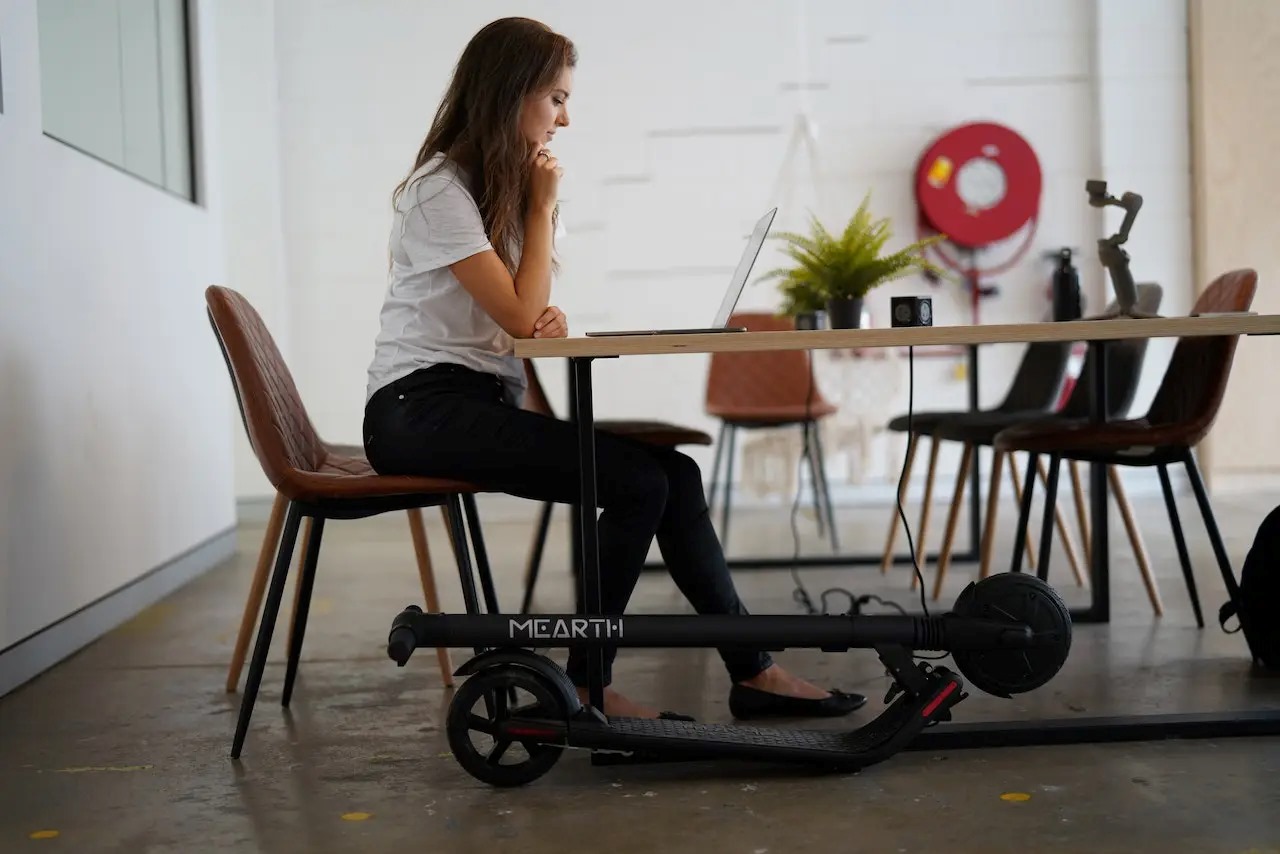
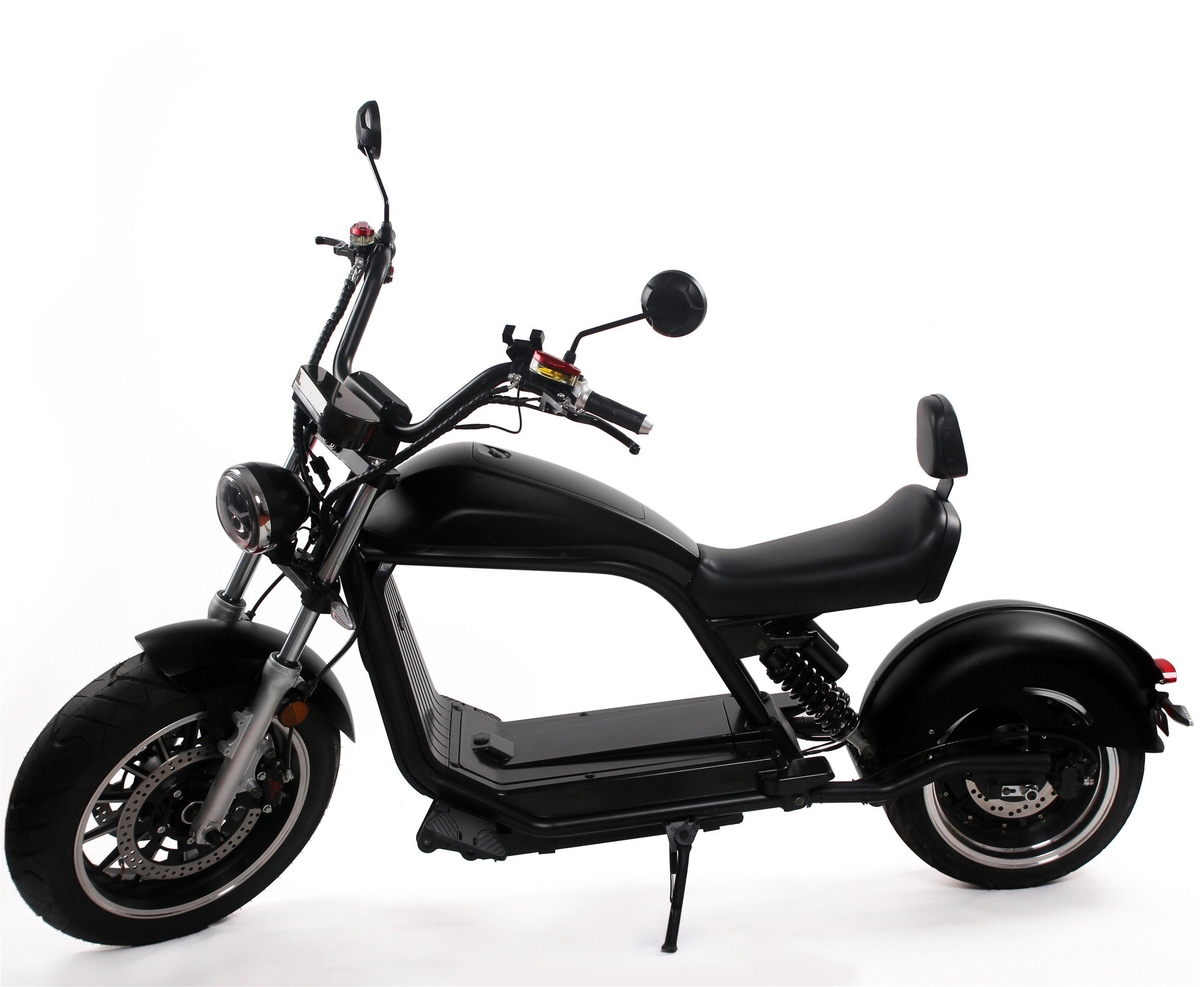

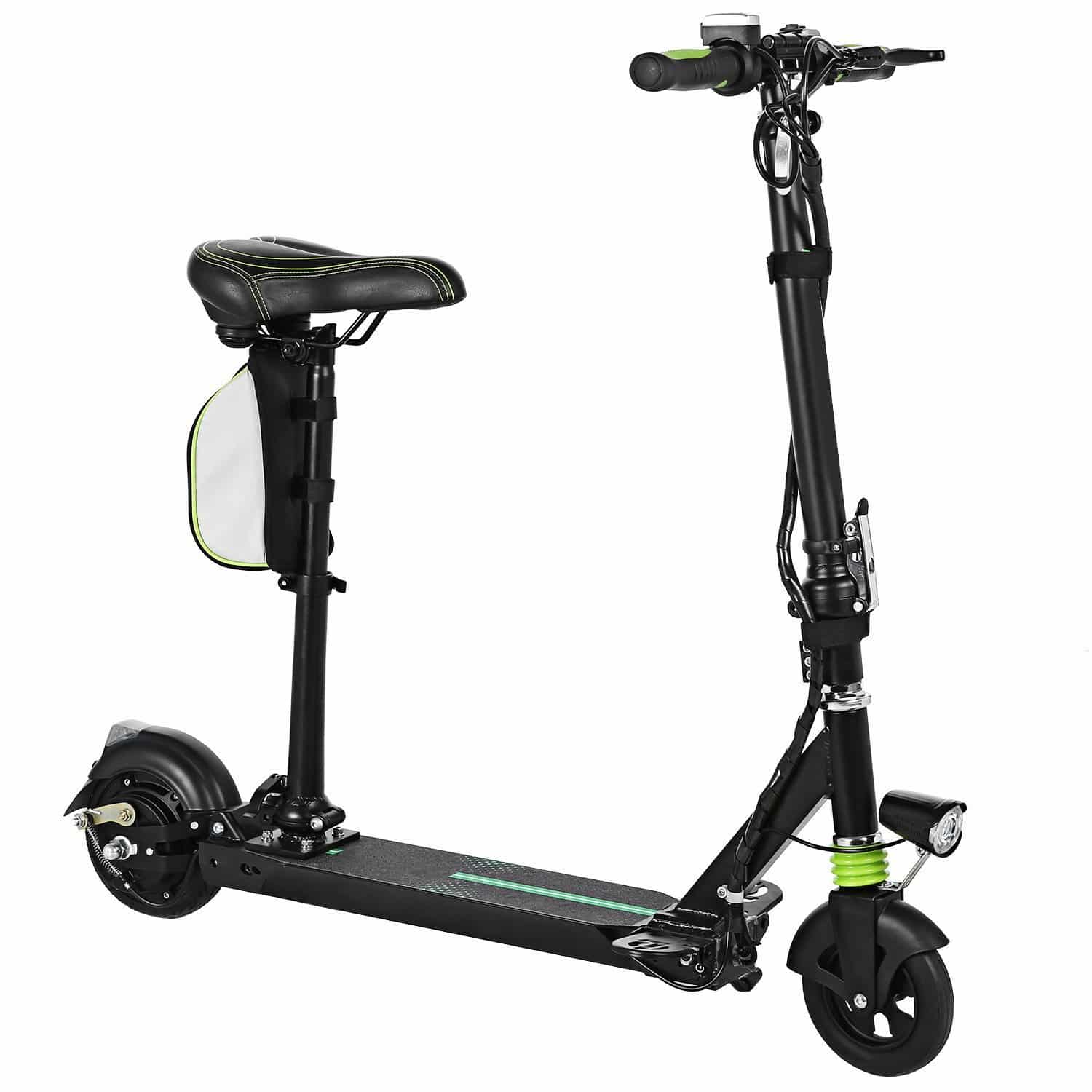
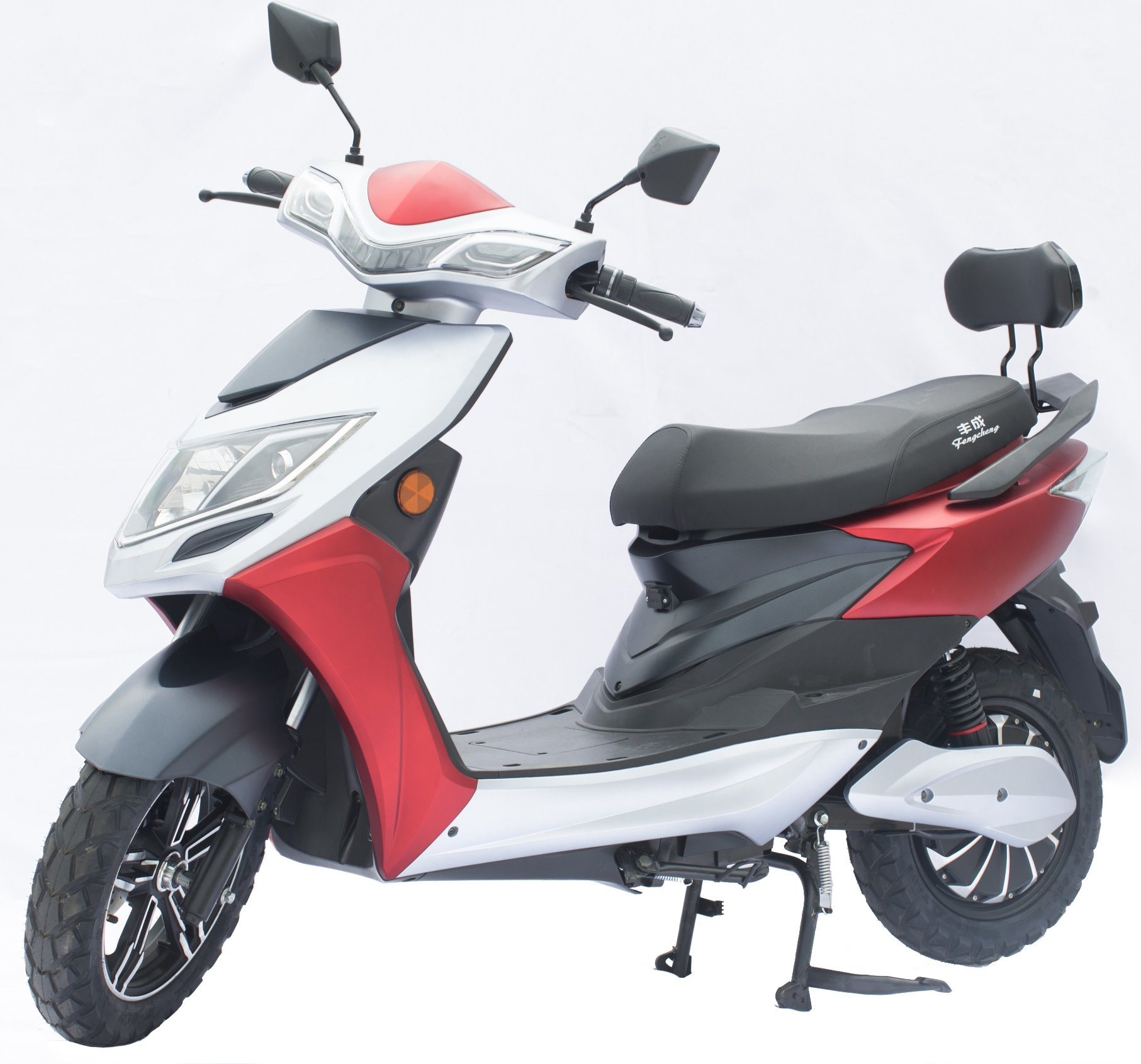
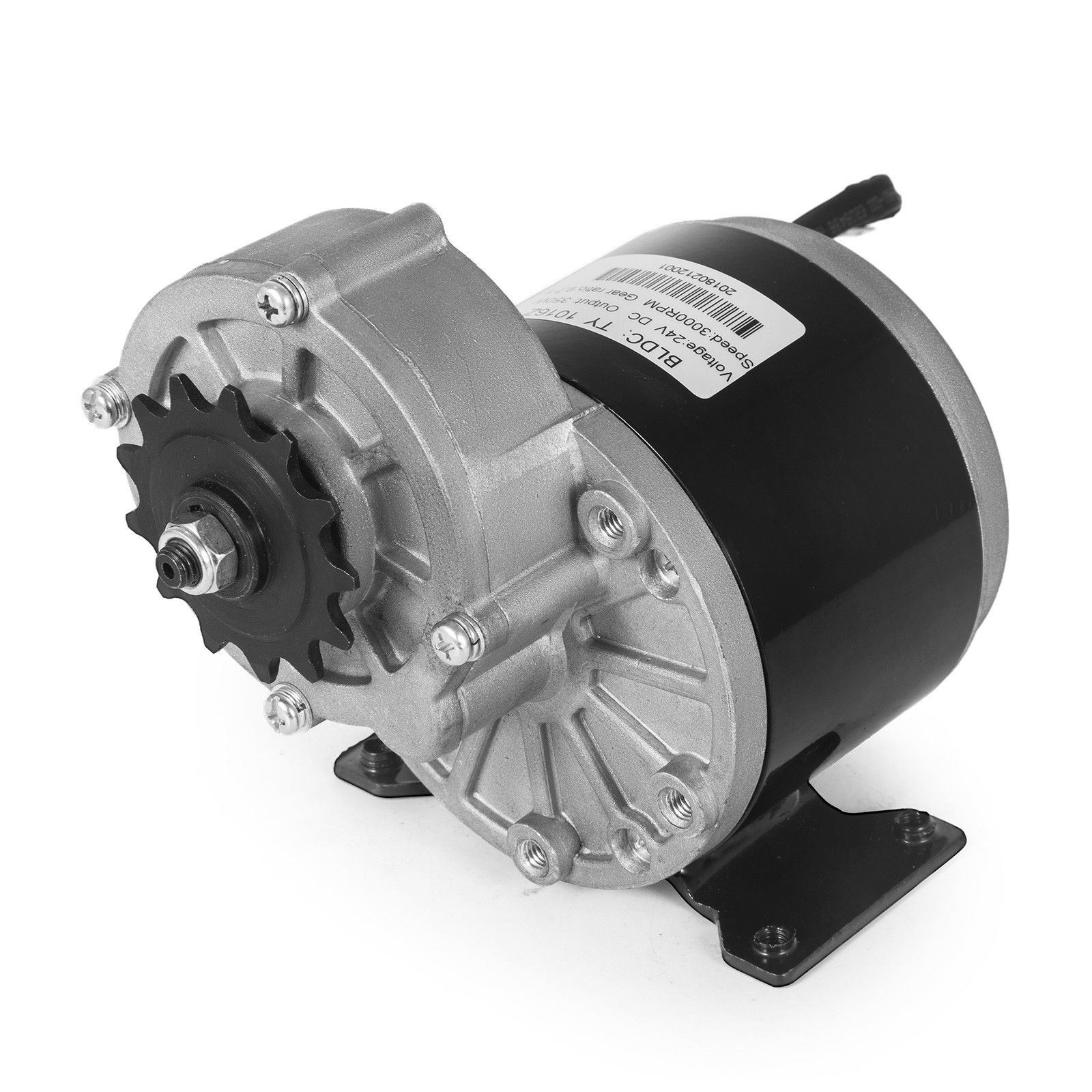








0 thoughts on “How To Store Scooters”